A Story of Morgan
In light of the increasing upheaval in the world, I want to return to why I do what I do by sharing a story about a student I used to meet with when I was part of the guidance team in a public high school. This girl, we'll call her Morgan, presented as tough: an imposing figure with heavy make-up, she was constantly embroiled in drama with other girls - almost always former besties (the most lethal kind with endless secrets to dredge from the depths of shared hearts and dump into the terrifying pit of 8th grade judgement). Underneath it, Morgan was the biggest softie of them all: her nervous system shot from warring parents and mother wounds. One day, I told Morgan that I couldn't wait to see what she'd be doing at 30; she is a natural leader with personality oozing from every pore - the kind of kid that couldn't conceal themselves, even if they'd wanted to. She responded that she didn't plan on being around at 30.
It's a shocking thing to hear a 14 year old say such a thing. Especially when they've already stolen your heart. I teared up and couldn't respond right away, the only possible response for me. From that day forward, Morgan was like warm sponge cake with me - her true nature.
Why do I share this story? Because the kids are not alright. The Maasai have a traditional greeting to each other, “Casserian Engeri,” which translates to "And how are the children?", a constant reframe of looking to the needs of the next generation. Between 2008–2009 and 2018–2019, among Canadian youth there was a 61% increase in emergency department visits and a 60% increase in hospitalizations for mental disorders. Stark. Our children are suffering.
In the school where I worked, we had two guidance counsellors for a high-needs high school with a population of over 1500 students. The school experienced kids over-dosing, fighting, having panic attacks, and being shockingly mean online on a not-infrequent basis - and with no clue of how to navigate this sped-up, screen-heavy, warring, careening-toward-catastrophe world. How can they if the adults around them don't?
Our culture needs schools to be places where all kids feel a sense of belonging and love. Places where the adults are calm, steady, and slow whose bodies are oases of embodied liberation (shout out to Dr. Sará Yafuh King). Where they model warmth and kindness in their interactions with one another and students so kids see how the world can be.
This is within our reach. And it doesn't mean that academics have to be sacrificed so we can hold hands in a circle all day. In fact, we know that deep learning requires safety. If the culture of an entire school shifts, we don't need to rely so heavily on those two, burned-out school counsellors. If we know that we've all got each other, we can leave only the most complex cases to the professionals and distribute the rest to the interconnected web that we actually are. Like the trees that we increasingly realize share resources, we can learn to share more of ourselves.
It's called Restorative Justice in Education (RJE) and it starts from inside us. The time for business-as-usual in education is over.
In circle we practice:
- Restorative Justice by living it in intimate circles
- Becoming soft with ourselves so we can be soft for these babies in our care
- Disarming the inherited hierarchies in our bodies so that we can stop replicating them
I'm still in touch with Morgan. She sounds like she's doing better and reports "0 drama". I'm like "really none?" She responds "...well I mean hardly any."
